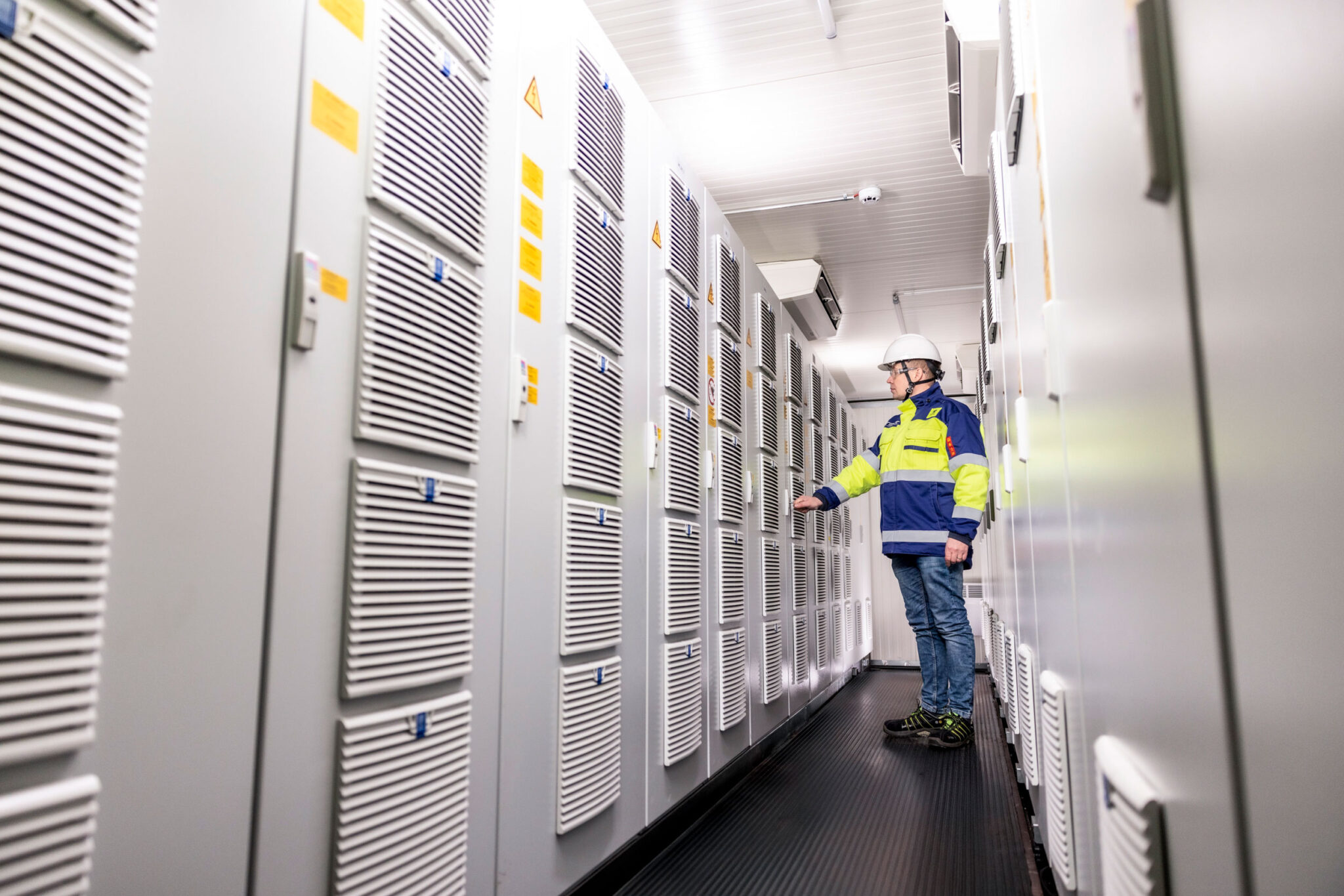The European Union has consistently promoted climate targets over the long term. Its current energy policy is based on the 2015 Energy Union Strategy, which aims for secure, sustainable, competitive and affordable energy.
The Clean Energy for All Europeans package, adopted in 2019, revised the targets for energy efficiency, electricity market operations and the climate. Interestingly, the Energy Union Strategy already aimed to reduce the EU’s energy dependence on external sources and modernise the ageing energy infrastructure.
The European Green Deal of 2020 set the EU’s target of becoming climate-neutral by 2050. The European Green Deal included EU strategies on sector integration, hydrogen, and offshore renewable energy.
The Fit for 55 package adopted in 2021 set tougher targets. As its name suggests, the package set an EU target of reducing CO2 emissions by 55% by 2030 instead of the previous target of 40%. Reductions are compared with the emission level in 1990.
Russia’s invasion of Ukraine spurred a rapid response in the EU’s energy policy. The Commission’s RePowerEU plan, published in March 2022, included ways to quickly unshackle the continent from its dependency on energy imports from Russia. In addition, the permit processes for renewable energy facilities were expedited, and time limits were set.
Last year, Europe finally realised that the green transition and climate targets depend on energy networks.
By 2030, the cross-border transmission capacity should almost double, and nearly EUR 600 billion must be invested in electricity networks.
In November 2023, the Commission published EU Action Plan for Grids. By 2030, the cross-border transmission capacity should almost double, and nearly EUR 600 billion must be invested in electricity networks.
The action plan suggests ways to accelerate network investments. Long-term network planning should be improved by integrating the needs of rapidly developing renewable electricity production technologies and the increasing volume of production. More efficient use of networks should be promoted by providing more open information on which network sections can offer connectivity and how connection capacities can be maximised. Various incentivezing methods, such as tariffs, can also encourage more efficient use of energy networks.
Regulation also has a role to play: it can enable forward-looking investments and, with the right permit processes, accelerate the implementation of investments. One method under consideration is distributing the costs of offshore networks across borders, although the implementation and impacts must be weighed carefully. There has been less discussion of the amount of return permitted by the regulations on network operators’ businesses and the financing requirements in a major investment phase.
Networks are the backbone of the green transition. As a grid operator, Fingrid does its best to cater to the needs of its customers and the country as a whole. We have the most competitive network in Europe, demonstrated by our high transmission reliability rate and competitive transmission price. We must make sure we can continue to develop the power system and the networks it requires vigorously.
The slow and unpredictable permit application processes and an economic regulatory model that constrains financial leeway do not bode well. The EU is now aware of the importance of networks, and the means of developing networks are a major focus. The backbone of Finland’s energy system should also be a matter of prime importance to the country.
Asta Sihvonen-Punkka
CEO
Fingrid







